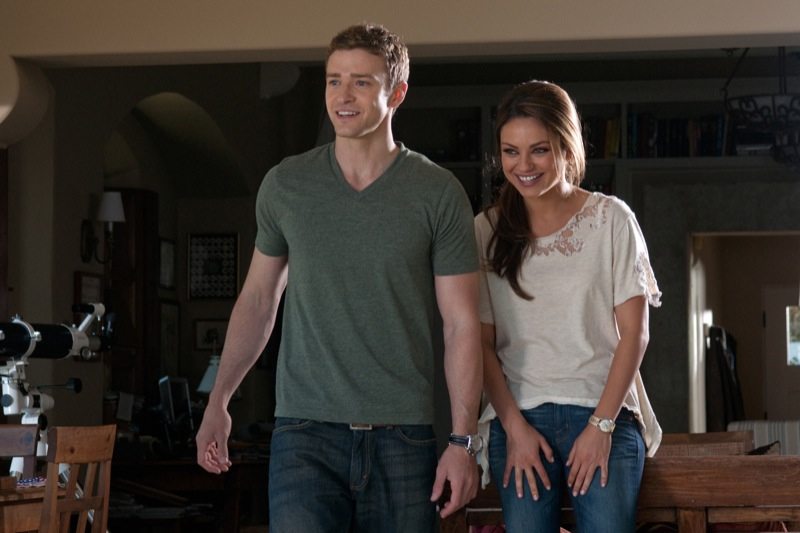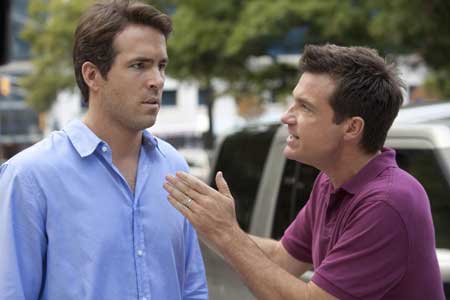Movie Review and Clip: Robert Pattinson in Remember Me
- Details
- Category: Interviews
- Published: Saturday, 24 July 2010 22:19
- Written by Lupe Haas
In the romantic drama REMEMBER ME, Robert Pattinson (Twilight Saga) plays Tyler, a rebellious young man in New York City who has a strained relationship with his father (former James Bond, Pierce Brosnan) ever since tragedy separated their family. In this clip from REMEMBER ME, Robert Pattinson's Tyler loses his temper with his father during one of his board meetings.
Tyler didn’t think anyone could possibly understand what he was going through until the day he met Ally (Lost's Emilie de Ravin) through an unusual twist of fate. Love was the last thing on his mind, but as her spirit unexpectedly heals and inspires him, he begins to fall for her. Through their love, he begins to find happiness and meaning in his life. Soon, hidden secrets are revealed, tragedy lingers in the air, as the circumstances that brought them together threaten to tear them apart.
Set in the summer of 2001, REMEMBER ME is an unforgettable story
about the power of love, the strength of family, and the importance of
living passionately and treasuring every day of one’s life.
Remember Me
also stars Academy Award® winner Chris Cooper, and
Academy Award® nominee Lena Olin.
U.S. release via Summit Entertainment, March 12, 2010. Rated PG-13.
More Movie Clips
| Twilight Saga: Eclipse |
| America Ferrera in Our Family Wedding |
| Matt Damon in Green Zone |
| She's Out Of My League |
| The Runaways with Kristen Stewart |
| Wesley Snipes in Brooklyn's Finest |
| Alice In Wonderland |
Add a comment






